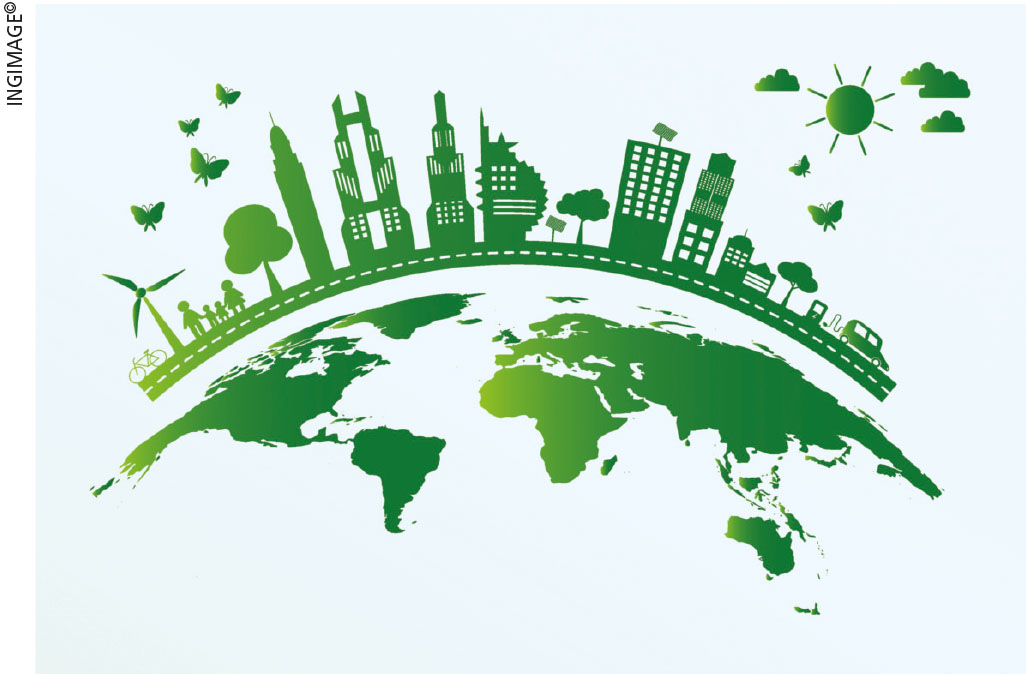LETTER OF THE MONTH
SOAPBOX
A STRONGER BIOECONOMY
Figuring out how to address the urgent challenges posed by global health is very important. There are fundamental problems in different facets of our lives such as health, environment, food, water and energy; and there’s uncertainty about how these challenges can best be addressed.
 Despite this, the concept of a bioeconomy has evolved across the globe in response to social challenges, and forms an integral part of the solution. It is the solution that nations have put forward to the 12 Global Grand Challenges, which underpins sustainable development.
Despite this, the concept of a bioeconomy has evolved across the globe in response to social challenges, and forms an integral part of the solution. It is the solution that nations have put forward to the 12 Global Grand Challenges, which underpins sustainable development.
It encompasses development strategies that minimise environmental damage while promoting recycling of resources. It’s the shift of economies from petroleum-based synthetics to biomaterial-based products and processes.
The bioeconomy forms a part of the economy, which uses renewable biological resources from terrestrial and aquatic origins.
A major driving force behind the sustainable and eco-efficient use of these biological resources is centred on scientific findings in life sciences, biotechnology and other related technologies. Activities in the bioeconomy primarily involve the production of biomass in soil, water, or culture conditions such as microbial or tissue cultures.
Agriculture is a significant component of the bioeconomy. Countries with a large landmass or marine resources have a competitive advantage in biomass production through agriculture. In contrast, small countries like Sri Lanka have to think beyond traditional agriculture and pursue more scientific approaches for biomass production.
Over the last couple of decades, the introduction of bio-based products to global economies – i.e. ethanol from plant biomass, recycling of waste, microbial enzymes, bio-fertilisers, bio-pharma industries and so on – has increased.
Though Sri Lanka has limited agricultural land, it lies on a sizable territorial sea area with an exclusive economic zone (EEZ) that extends 370 kilometres from the shore. The country is endowed with rich and diverse flora and fauna, and it’s one of the 18 biodiversity hotspots in the world.
Even though a further extension of land is not possible for biomass production, the sea and its biodiverse endowments remain underutilised resources with great potential to contribute to a strong bioeconomy.
Currently, the agriculture sector is the major component of Sri Lanka’s bioeconomy. Though its direct contribution to the country’s GDP is 6.9 percent at present, it’s essential since it provides the nation’s food security and raw materials for growing bio-based industries.
For example, the industry share of the GDP’s beverage and rubber manufacturing components has its roots in the agriculture sector. This illustrates how a bioeconomy cuts across all sectors of GDP.
In Sri Lanka, the perspective on biotechnology is still in its infancy. The main biotechnological applications are seen in the food and beverage sector, which uses traditional fermentation technologies. The possibility of a rapidly developed knowledge-based bioeconomy is elusive.
Progress made in scientific advancements in life sciences to introduce technologies and innovations is slow as many of the research projects undertaken are short-term and don’t possess a critical mass of scientists for continuation.
However, the prospects are promising; and already, plant tissue culture, herbal-based health products, value addition of plantation crop produce, bio-energy, bio-fertiliser, bio-pesticides, animal vaccine production, services related to disease diagnostic applications in the health and agriculture sectors, and the sale of biotechnological reagents and products have begun to emerge in Sri Lanka’s bioeconomy.



